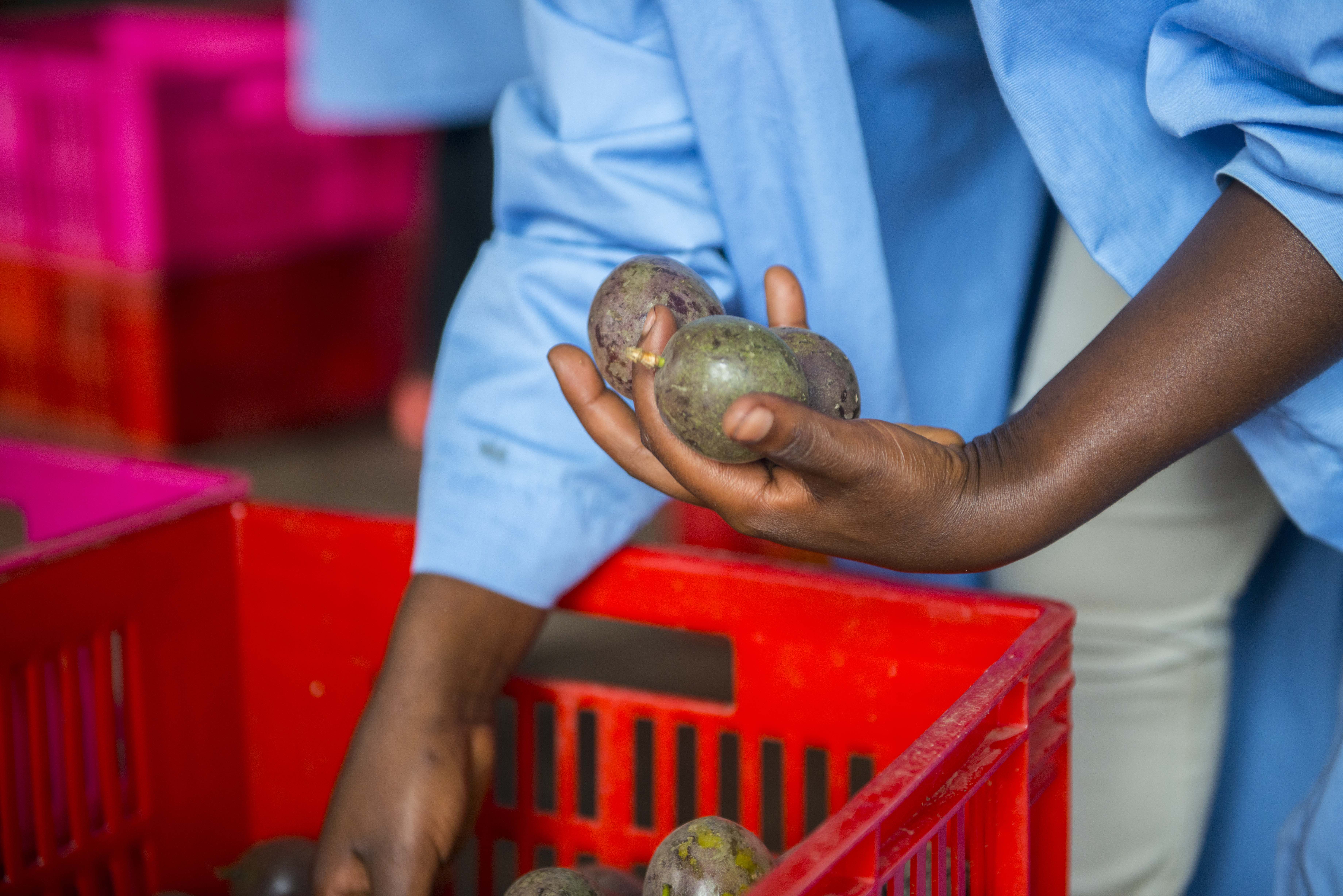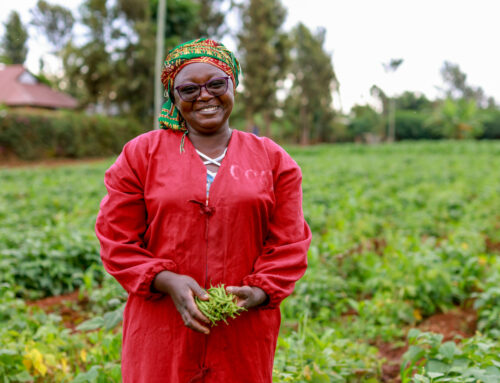What are the major trends of AgTech investment?
Investing in the agricultural sector is often regarded as one of the most efficient and effective ways to promote food security and reduce poverty, but it is also a profitable business opportunity with massive growth potential. The need to invest in agriculture is also paramount due to the rising global population and growing consumer preferences for higher value, quality, and safer foods.
It is estimated that the demand for food will increase by 70% by 2050, and that meeting that demand will require at least $200 billion annually in investment, according to McKinsey. AgFunder estimates the agrifood sector is a $7.8 trillion industry, employing well over 40% of the global population. However, the sector has been an industry with little innovation compared to others. As a consequence, today agriculture remains the least digitized of all major industries.
There is, therefore, a groundswell for startups and technologies helping smallholders increase efficiency and hopefully move many from subsistence farming towards farming for profit. Agtech, defined as those companies developing technologies in use on or close to farms, is becoming a high potential segment of the startup and venture capital universe that is aiming to improve or disrupt the global food and agriculture industry.
According to AgFunder’s latest investment report of 2022, the total investment by venture capital investors reached $1.7 billion in 2021; an 85% increase over 2020, which means investment into early-stage companies is becoming significantly important.
Innovations in postharvest handling of fresh produce
A study developed by the Global Knowledge Initiative (GKI) mapped the most promising innovations that are transforming the food systems in emerging markets and increasing the flow of agtech investment. These are solutions proposed by start-ups to respond to inefficiencies of agro-supply chains and post-harvest management. Access to energy, markets, finance, food safety, cold-chain, traceability, and education are the most common gaps being targeted.
Here are some of the most significant innovations mapped by GKI, related to postharvest management of fresh produce:
Solar Powered Agritech
Advances in solar technology have prompted costs to drop significantly in the last few years. This provides the opportunity to expand the benefits of solar energy to smallholder agricultural systems. A growing number of start-ups are coupling renewable energy solutions (such as solar photovoltaic power – PV) with agrifood technologies, offering a cost-effective and sustainable supply of energy to boost rural productivity. Some examples are solar irrigation pumps, solar (off-grid) cold rooms, solar chillers, solar dryers, and solar-powered packhouses. Solar coupling with postharvest technologies can allow farmers to adopt better on-farm cooling, storage, and processing practices, thus increasing the shelf life of produce, reducing loss, and thus generating more income.
Modular on-farm factories
Modularity enables agribusinesses to grow capacity gradually without having to make the risky leap into large-scale facilities. A modular approach can also provide lower cost on-demand storage, packaging, and processing services to rural areas, offering fast turn-key solutions with certification-readiness. For post-harvest purposes, this could include cold storage warehouses, automated packaging, and/or processing services.
Near farm mobile processing
Processing of raw food is a way to extend shelf life, improve quality and ease logistical challenges. It also provides an opportunity to increase farms’ incomes and to reach new markets. Most solutions are on an industrial scale which is not reachable for most small farmers. New agtech solutions are proposing mobile units that offer processing services for products such as juices, flours, and dried and frozen food.
Mobile precooling and pack-houses
Immediate on-farm pre-cooling and cooling is a way to maintain product freshness for longer and reduce postharvest losses. But most conventional pre-cooling technologies are capital intensive, which small farmers cannot afford. Innovations in this sector are proposing mobile units that will go to the farm and unload a small pre-cooling facility on-site. These mobile cooling chambers can allow cooling and palletizing the produce before directly loading it into transport.
Cold chain as a service
Cold chain, which includes refrigerated transport and storage systems, has proven difficult to implement and scale in many low-income countries. The main challenges are access to stable energy supply and access to high capital requirements. An additional challenge is that most cold chain technology is designed for large-volume producers. To facilitate accessibility some companies now offer cold storage as a service, using business models such as subscription or pay-as-you-go.
Traceability Technologies
Smallholder supply chains often lack transparency in sourcing, and it becomes more difficult to trace the supply chain. The demand for food safety is propelling the demand for traceability technologies. New technologies are offering real-time tracking and monitoring at various stages of agricultural supply chains, with the possibility of including value-addition partners.



